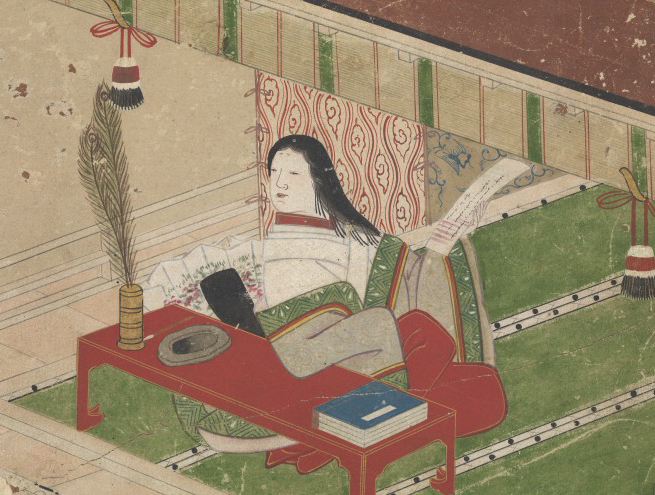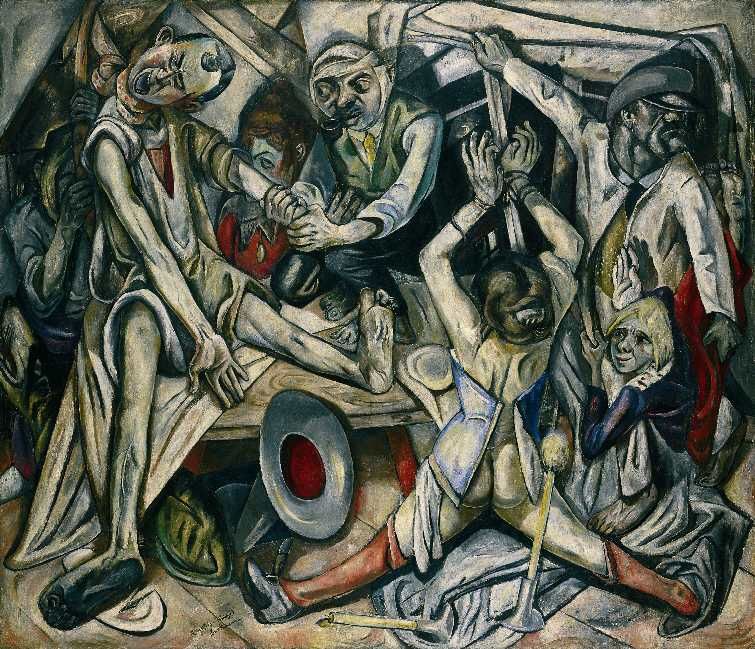Art in Review; Danny Lyon
April 14, 2016
was an arts reporter, critic, and art news editor for The New York Times from the 1960s until the early 2010s.She graduated from New York University Glueck is the co-author, with Paul Gardner, of Brooklyn: People and Places, Past and Present (1991)and New York: The Painted City (1992). She has also written for The New Criterion and the Los Angeles Review of Books.

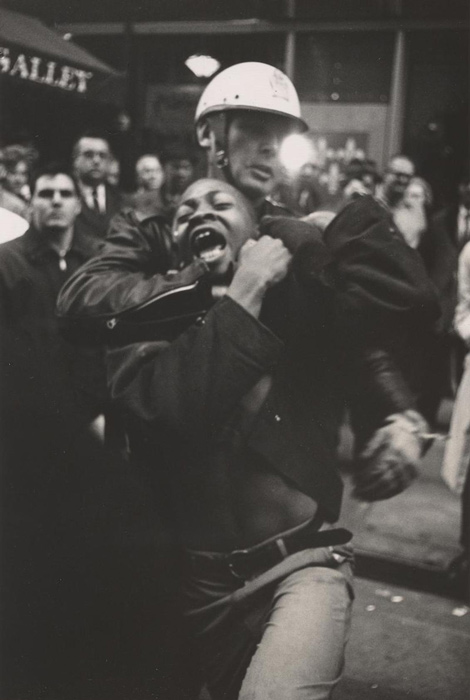

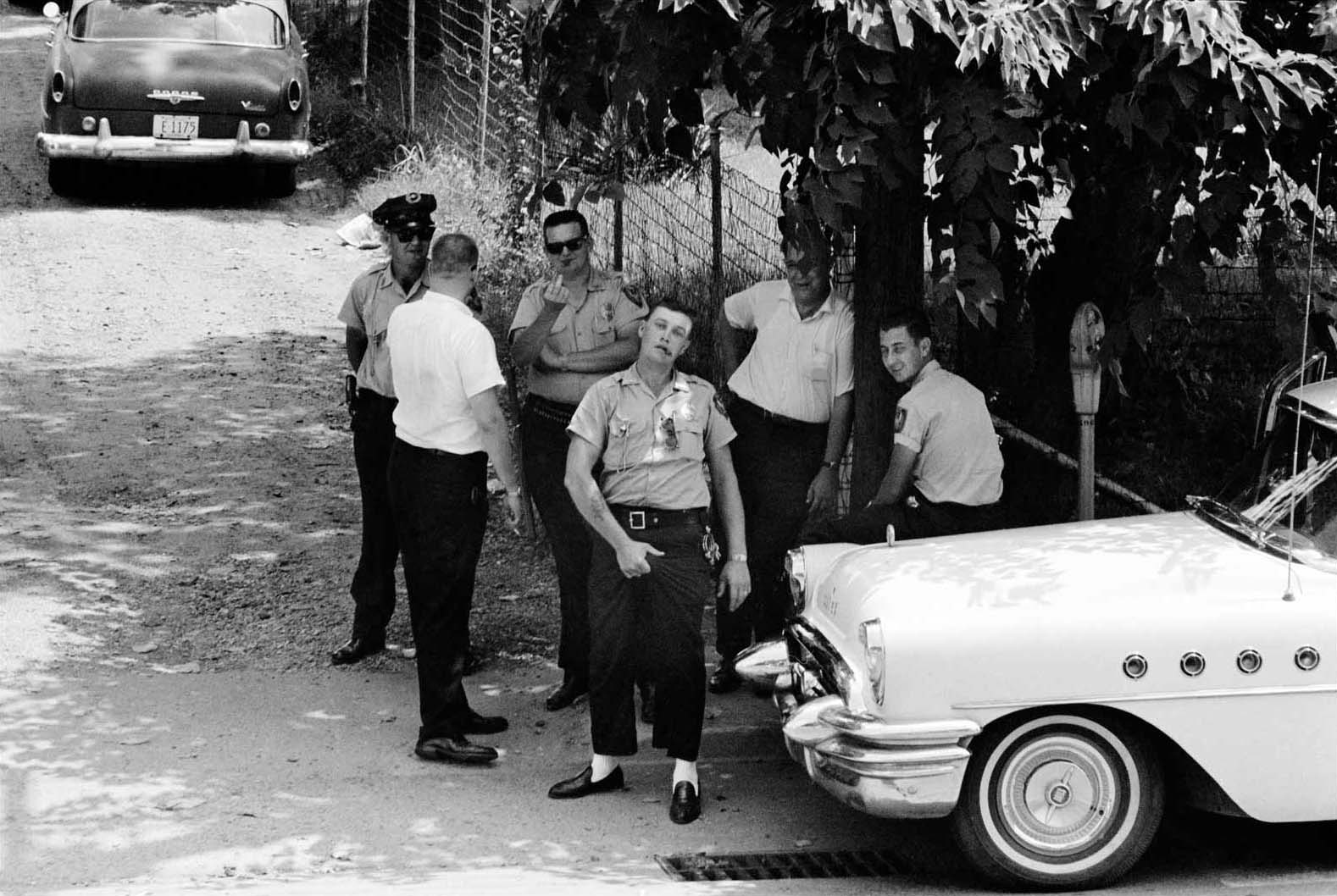
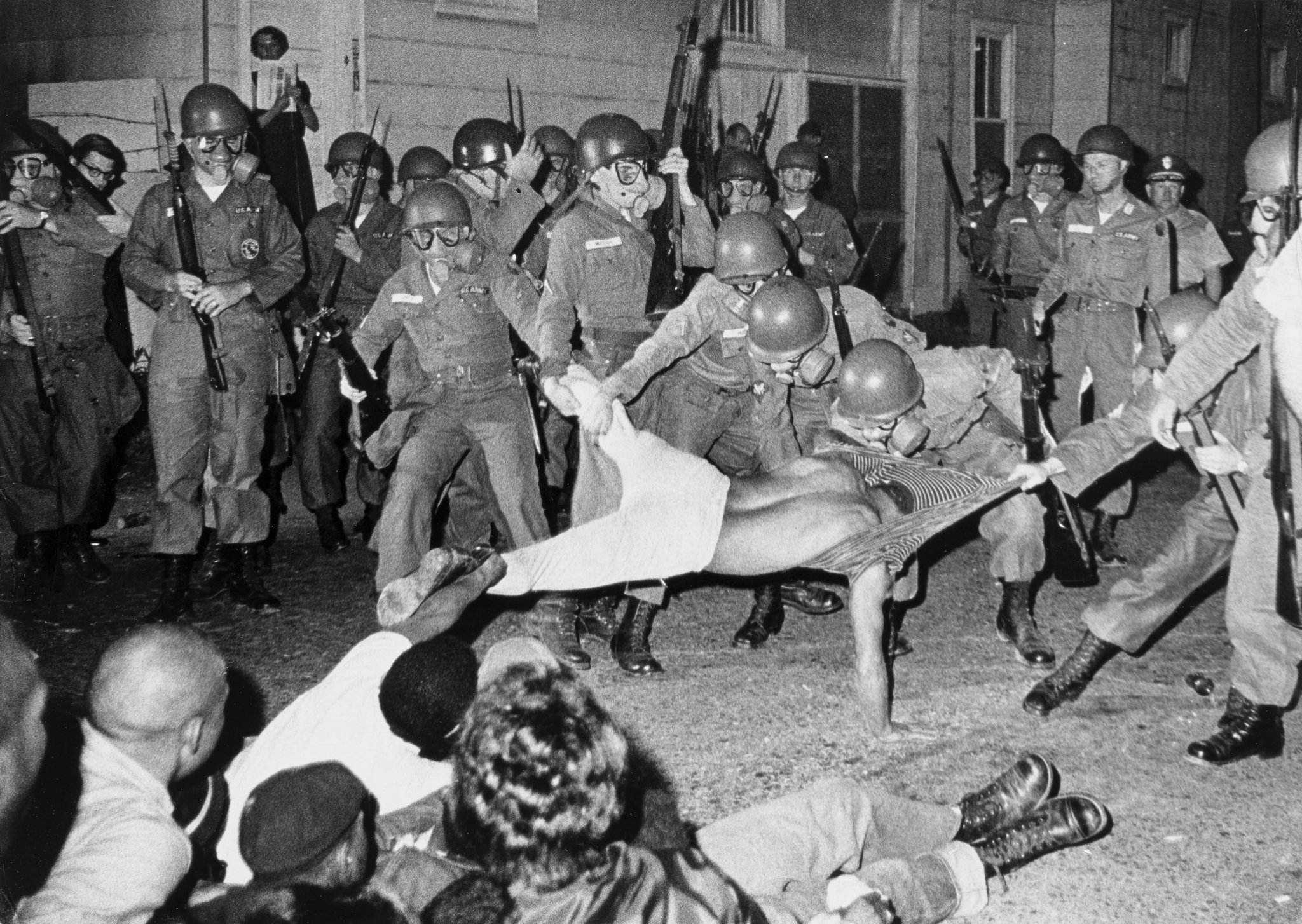
Biking looms large in the photographs of Danny Lyon a photo-documentarian, writer and filmmaker whose close-up-and personal shots of his fellow motorcyclists were the basis of a well-known insidery book, “The Bikeriders,” in 1968.
His work has always engaged the grittier aspects of American life, starting in the early 1960’s, when he followed the civil rights movement with his camera for the Student Nonviolent Coordinating Committee.
This rambling “re-examination” of his career presents previously unpublished outtakes from some of his projects including, besides “The Bikeriders,” a documentation of what he saw as Lower Manhattan’s destructive urban renewal, and an account of prisons and prisoners in Texas. The wide-ranging mix of nearly 60 vintage prints, virtually all from the 1960’s and some never seen before, also includes images of country people, youthful car cultists, pool players and transvestites as well as modest, low-key snapshots from his own family life and a self-portrait or two. The show starts with a glimpse of Mr. Lyon’s face in a rear-view mirror that is artfully twisted to a vertical position before a rainy windshield. It ends with a close-up of a pin-up image mounted on a shiny hubcap. The macho attraction to wheels and engines is saluted in other shots, like “Andrew Sanchez, Llanito” (1975), depicting a grease-stained tinkerer intensely involved with his auto’s innards, and “Knoxville” (1967), showing four high-testosterone youths congregated in and around a vintage convertible.
There are poignant images of African-American life, ranging from a pair of transvestites, Roberta and Pumpkin, to a lone young girl laboring in a field in Tallahatchie County, Miss. Also in Mississippi, a close-up of hard-bitten carnival people at a county fair, and a view of ghostly abandoned farm buildings in a field of weeds project a less-than-upbeat vision of rural America.
A spate of prison pictures from Texas shows men behind bars, at hard labor picking and transporting cotton and “relaxing” under close supervision by guards. From a documentary point of view, perhaps, they are important, but they are the least interesting of the strong images in this engrossing miscellany.
Body
Ana Mendieta
(1948–1985)
It’s commonplace to note when exhibitions offer a timely opportunity to reconsider an artist’s work, but in Ana Mendieta’s case such observations are as disturbing as they are apt.
Read more...
Soul
Hiëronymus Bosch
Hiëronymus Bosch, also spelled Jheronimus Bos, pseudonym of Jeroen van Aeken, Aeken also spelled Aquen or Aken...
Read more...
Body
The beauty of human decomposition
According to the Wellcome Collection, Kusozu: the death of a noble lady and the decay of her body was painted some time in the 18th century…
Read more...
State
New Objectivity Artists Exposed the Decadence and Hypocrisy of German Society
Many German artists entered World War I enthusiastically, believing it would bring about positive social change. However, the horrors they experienced in the trenches, and their country’s humiliating defeat, left them bitter and disillusioned at the seemingly futile bloodletting.
Read more...

